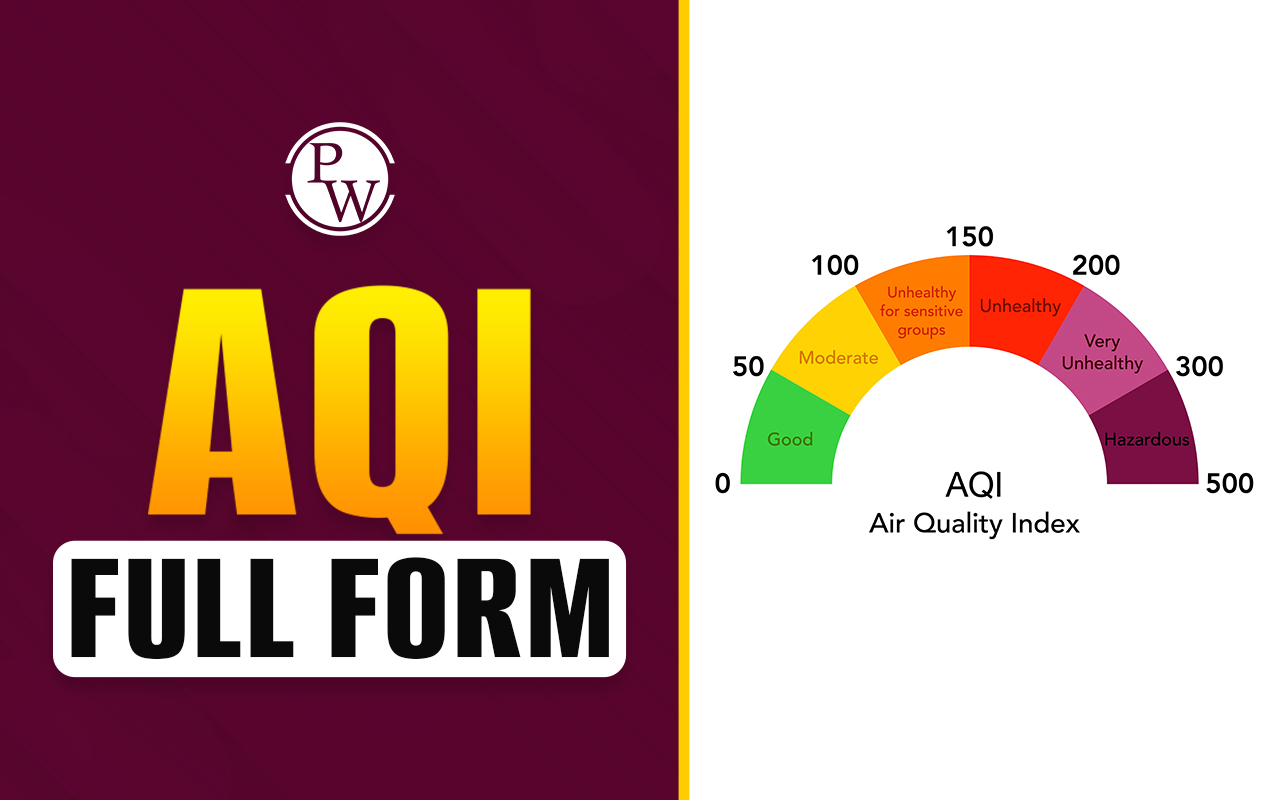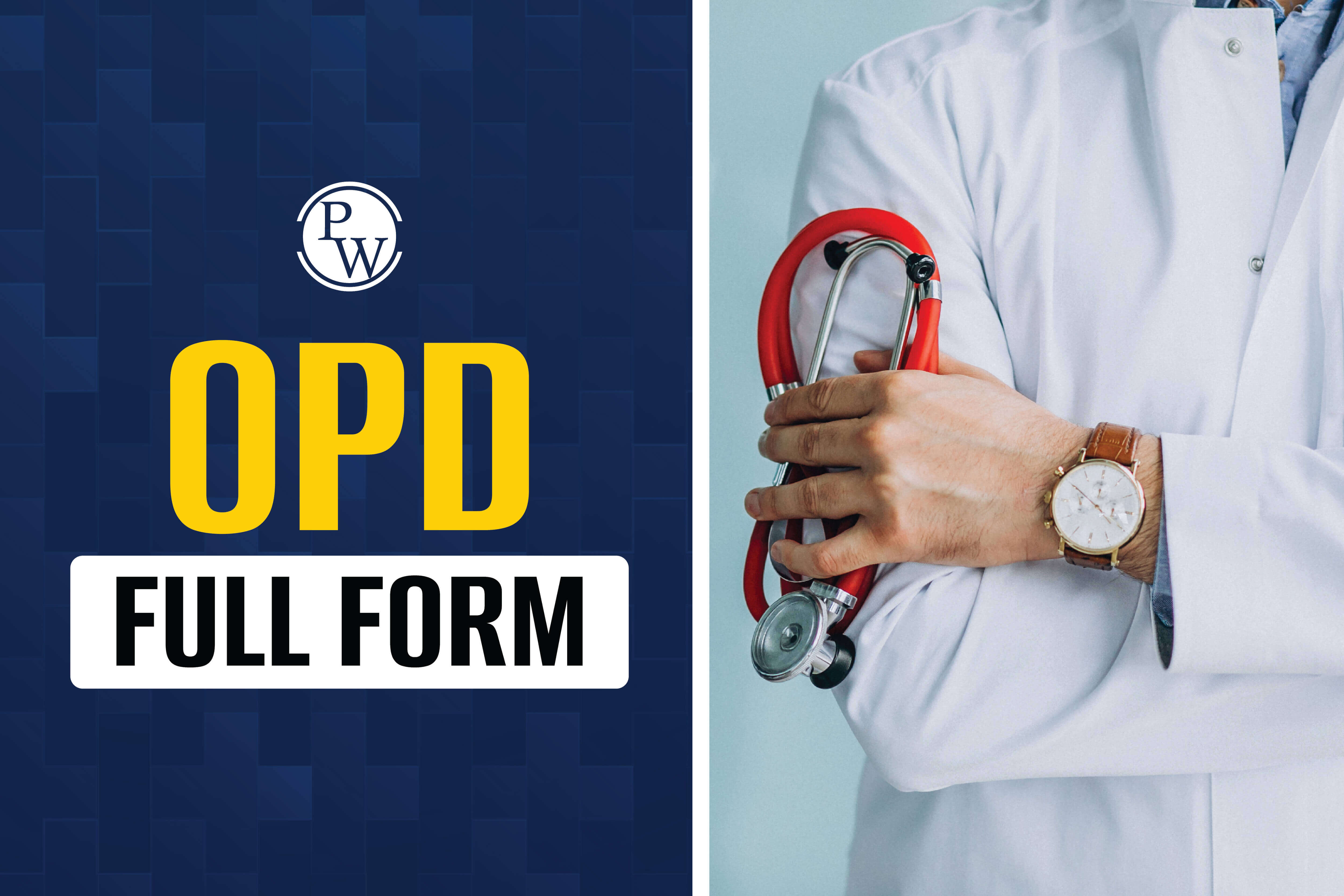

The full form of ABO is ABO Blood Grouping System.
The ABO blood grouping system is a classification method used to categorise human blood types. It indicates the presence of antibodies and antigens in a person’s blood.
The ABO system is based on the presence of three antigens in red blood cells: A, B, and O. A, B, and O are each linked to a particular antibody in the blood's plasma.
People are grouped by the presence or absence of these antigens and antibodies, which classify them into one of four blood groups: A, B, AB, or O.
The ABO blood group is essential in transfusions and organ transplants, as it can determine compatibility between donors and recipients.
History of the ABO Blood Grouping System
The ABO blood group system was first described in 1901 by Austrian biologist and physician Karl Landsteiner. He noticed that the blood of different individuals reacted differently when mixed and identified three distinct groups of blood.
He named these groups A, B, and C (later changed to O to denote “other”). This discovery was the first step in identifying the cause of hemolytic transfusion reactions. The reaction occurs because of incompatible blood mixing.
In 1902, further experiments showed that there were two additional types of blood, AB and O. This discovery led Landsteiner to refine his classification system and led to the modern four-category system of A, B, AB and O.
In addition to the ABO system, Landsteiner also discovered the Rh factor in 1940, an antigen (indicator) located on the red blood cell. The presence of the Rh antigen is indicated by the + or – sign. It identifies the eight most common blood types (A+, A-, B+, B-, AB+, AB-, O+, O-).
Antigens and Antibodies in ABO Blood Grouping System
The ABO blood grouping system is based on antigens and antibodies in the blood. Each blood group has a specific antigen in the red blood cells and a specific antibody in the plasma.
Antigens for the ABO blood groups are encoded by a single genetic locus, the ABO locus. It has three alternative forms (allelic forms): A, B, and O.
A-group red blood cells have an antigen called A, and the plasma contains anti-B antibodies.
B-group red blood cells have an antigen called B, and the plasma contains anti-A antibodies.
AB-group red blood cells have both antigens, A and B, and the plasma does not contain antibodies.
O-group red blood cells have neither antigen, but the plasma contains anti-A and anti-B antibodies.
During a blood transfusion, the donor and recipient's antigens and antibodies must match to avoid a fatal reaction. A person with AB-group blood is a universal donor, while a person with O-group blood is a universal recipient.
Applications of the ABO Blood Grouping System
- Blood Transfusions: Blood transfusions involve the transfer of blood or its components from one person to another. ABO blood typing is vital in these procedures, as it helps healthcare professionals determine which blood type is safe to use. Without the ABO blood grouping system, blood transfusions would be impossible.
- Immunological Studies: The ABO blood typing system is also vital for immunological studies, as ABO antigens play a crucial role in determining the human body's immunological responses. ABO typing can help researchers better understand the body's responses and reactions to infections, as well as the development of new immunological treatments.
- Organ Transplants: Organ transplants require careful consideration of the donor and recipient's blood types to reduce the chance of organ rejection. ABO typing helps determine the compatibility of the donor and recipient and ensures that the organ can be safely transplanted.
- Forensics: ABO typing can also be used in crime scene investigations, as a particular blood type at a crime scene can help police identify a suspect. Comparing the suspects’ blood type to that found at the crime scene can be a powerful tool for finding the right person. Additionally, the absence of a particular ABO blood type at a crime scene can exclude suspects.
- Genetic Testing: ABO typing helps determine whether specific genetic traits have been passed down through family lines. This is especially useful for genetically inherited diseases , like haemophilia. The ABO system can trace a mutant gene back to a common ancestor or see if two people with the same condition share a common ancestor.
Significance of the ABO Blood Grouping System
The ABO blood group system is an important classification system for human blood. It has its roots over a century ago and is still in existence to facilitate blood transfusions. The ABO system is based upon the presence of certain antigens or proteins on the surface of red blood cells.
Each individual’s blood is of four different blood types: A, B, AB or O. Every person has a unique blood type inherited from their parents that can only be determined with a blood test.
The ABO system is essential because it allows doctors to identify the type of blood a person has, helping them to match the type of blood being donated to the person who needs it.
For example, if a person with type A blood has an accident and needs a blood transfusion, it is vital that they only receive type A blood. If the blood type transfused is wrong, the person's immune system can reject it, leading to dangerous medical complications.
The ABO system also enables doctors to identify if someone has a rare blood type. In these cases, the person can register himself on a blood donor register.
[wp-faq-schema title=" Full Form Of ABO FAQs" accordion=1]
What is the ABO blood group system?
How many blood types are in the ABO grouping system?
Why are blood types called ABO?












